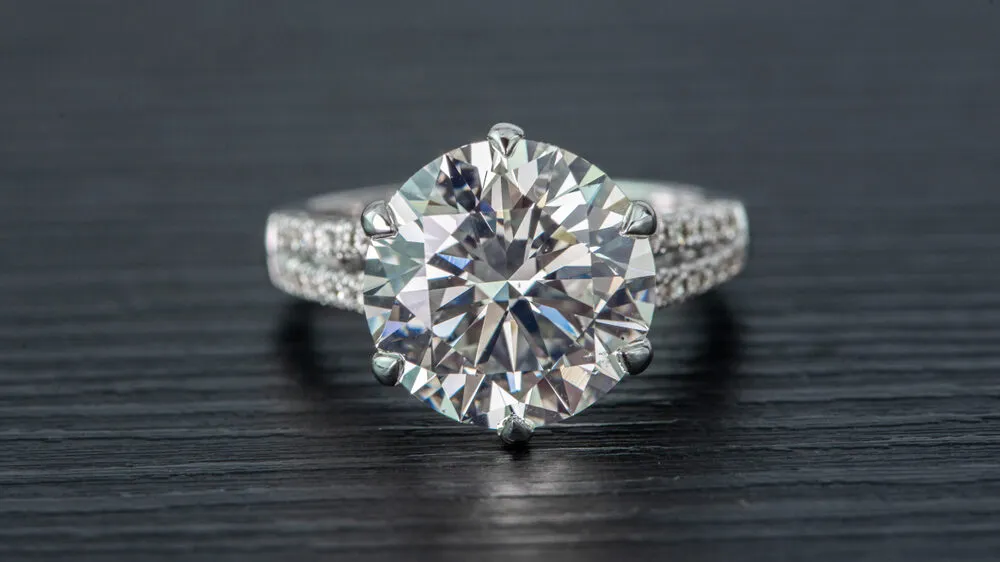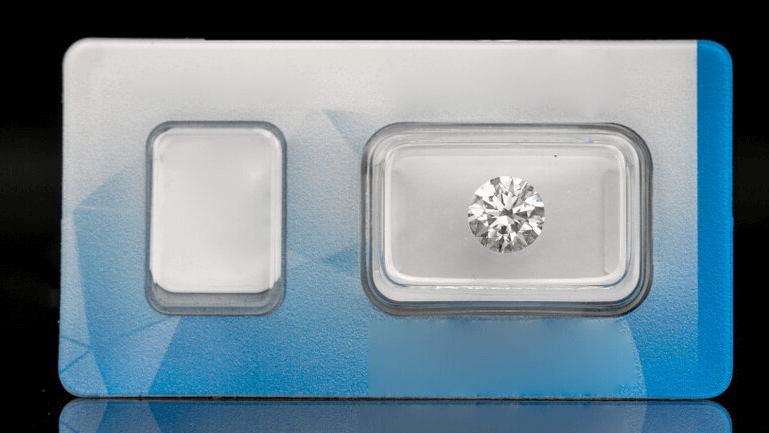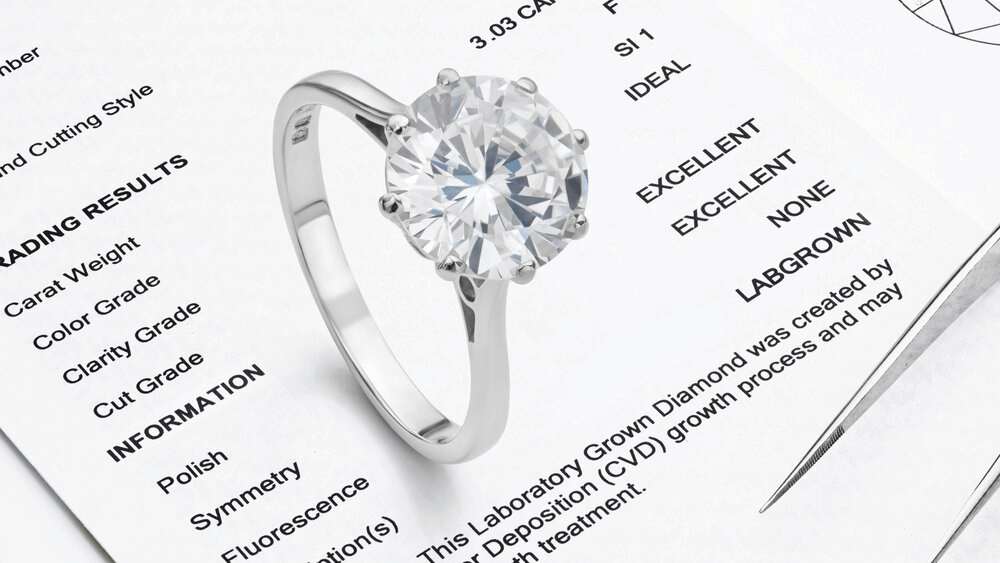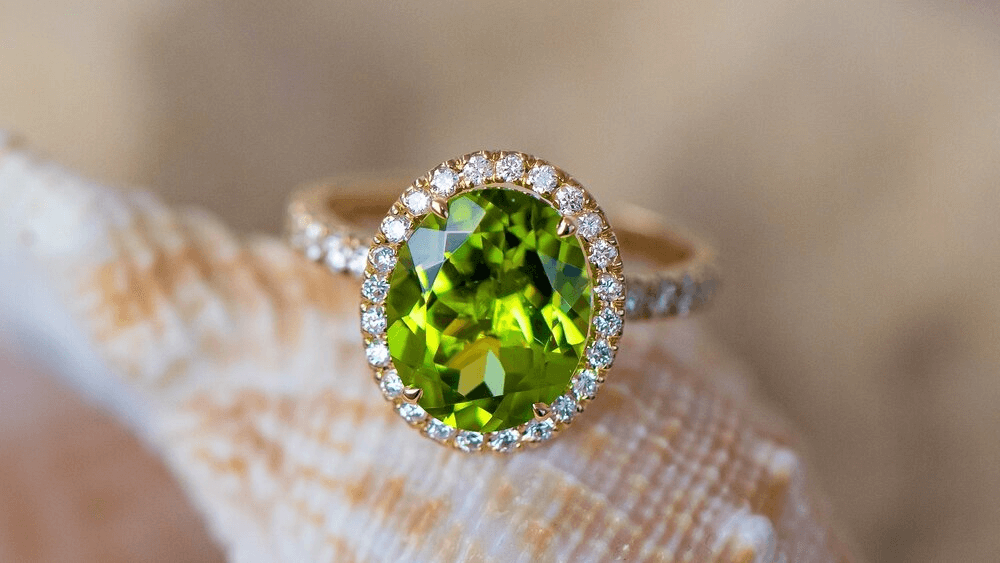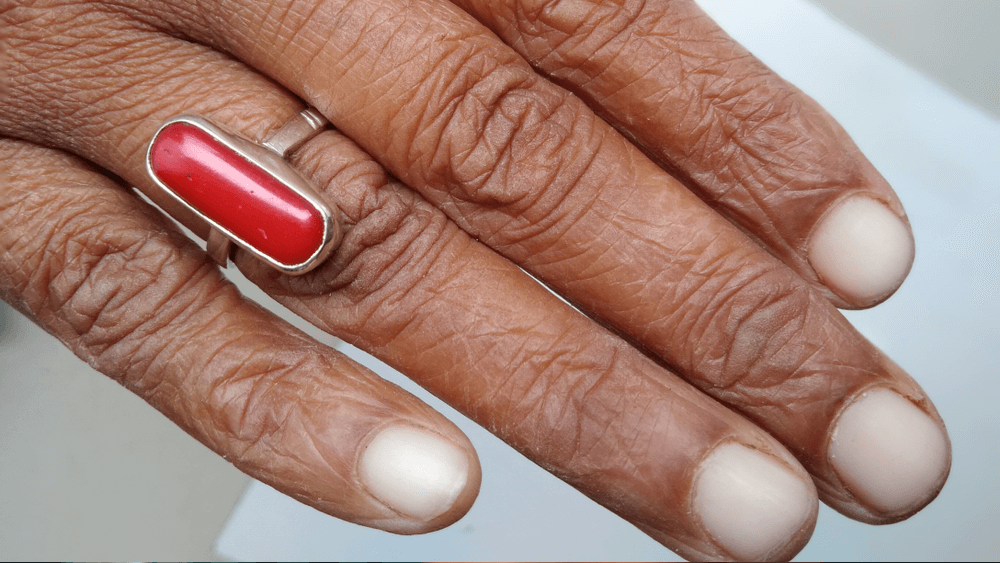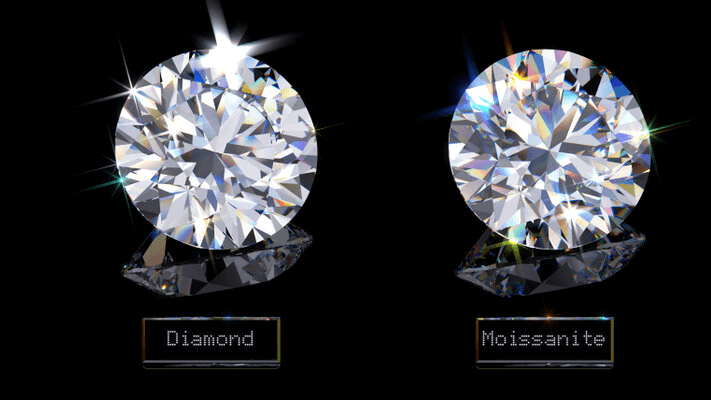From Lab to Love: CVD Diamonds Explained

By Gary A.

Edited by Olivia H.
Published Aug 13, 2024
Edited on Mar 31, 2025
Think you know how diamonds form? Think again. While CVD is a lot newer than, well…nature itself…it’s making waves in the diamond industry…

Navigate this guide:
- 7 Quick Tips for Buying a CVD Diamond Engagement Ring
- Introduction: The Dawn of CVD Diamonds
- What is CVD Diamond?
- CVD Diamonds vs. Natural Diamonds: A Comparative Analysis
- Choosing Your CVD Diamond Engagement Ring
- The Evolving Consumer Preferences: Why CVD Diamonds?
- Our Expert Take
- 8 Frequently Asked Questions About CVD Diamonds
Before we dive deeper into the specifics, here are some practical tips to help guide your decision-making process:
7 Quick Tips for Buying a CVD Diamond Engagement Ring
Tip 1:
Evaluate the 4Cs (Cut, Color, Clarity, Carat): Like natural diamonds, CVD diamonds are graded on these parameters. Ensure the diamond has a high-quality cut for maximum brilliance. Colorless or near-colorless grades offer a traditional diamond appearance. Clarity is important, but minor inclusions can reduce cost without compromising beauty. Carat weight impacts size and price, so choose based on preference and budget.
Tip 2:
Verify GIA or IGI Certification: Ensure your CVD diamond comes with a certification from a reputable lab like the Gemological Institute of America (GIA) or the International Gemological Institute (IGI). This certification guarantees the diamond’s authenticity and quality.
Tip 3:
Research Market Prices: CVD diamonds are typically less expensive than natural diamonds. Compare prices from various retailers to get a sense of the market rate. Be cautious of prices that seem too good to be true, as they may indicate lower quality.
Tip 4:
Look for CVD-Specific Inclusions: CVD diamonds may have unique inclusions not found in natural diamonds, such as metallic flakes or a striated growth pattern. Using a jeweler’s loupe, inspect for these to confirm the CVD origin.
Tip 5:
Be Aware of Lower Resale Value: Understand that CVD diamonds typically have a lower resale value compared to natural diamonds. This should be a consideration, especially if future trade-ins or upgrades are a possibility.
Tip 6:
Evaluate Ethical and Environmental Impacts: CVD diamonds offer a more sustainable and ethical choice, as they do not require mining. This can be an important factor for those who prioritize environmental and ethical considerations in their purchases.
Tip 7:
Select an Appropriate Setting: The ring setting should complement the CVD diamond. Classic settings like solitaire or halo can enhance the diamond’s appearance. Consider the wearer’s style and lifestyle when choosing the setting, as some designs are more prone to catching on clothing and require more maintenance.
Now that you’ve got these practical tips, use Jeweler AI below to find the perfect engagement ring that suits your style and budget:
Introduction: The Dawn of CVD Diamonds
At WillYou, whenever the subject of lab-grown diamonds comes up, it is typically centered on the natural diamond vs. lab-grown diamond debate. This is for obvious reasons – most shoppers want to figure out exactly which side of the fence they land on, and then figure out the specifics from there.
Lab-grown diamonds are clearly here to stay, so there’s no use in glossing over the subject. Besides, with the noise surrounding lab-grown diamonds growing, it can be helpful to know a little more about how these diamonds come into being – what the benefits are and, most importantly, why they could be a viable option depending on your priorities.
Every jeweler and gemologist look upon the debate a little differently, but there’s no disputing the facts. For that reason, here’s everything you need to know about CVD diamonds – including why we think they’re an interesting alternative to natural diamonds.
What is CVD Diamond?
CVD diamonds are lab-grown diamonds, created using a process called Chemical Vapor Deposition (CVD). There are a number of ways to create a diamond in a lab, but only two are currently used to create gem-quality diamonds – CVD, and another process known as High Pressure High Temperature (HPHT).
The Science Behind CVD Diamonds
The process was first established back in the 1980s. It’s grown increasingly common over the years since it doesn’t require the intense pressure needed for HPHT diamonds. It’s a quick and (relatively simple) process, which means that manufacturers can pump their diamonds out onto the market pretty quickly.
Using high heat and gas with a high concentration of carbon (the building blocks of diamonds), labs can accelerate the process of creating a real diamond. In CVD, a diamond seed is heated to an incredibly high temperature (around 1470°F) before the chamber is filled with a carbon-rich gas. Using ionization, the carbon is separated from the gas before it sticks to the diamond seed. One atom after another, the diamond grows. The result is pretty rough and needs to be cleaned, cut, and polished like any other diamond.
CVD Diamonds vs. Natural Diamonds: A Comparative Analysis
Physical Properties and Appearance
CVD diamonds and natural diamonds grow differently. This means that, while they are made from the same substance (carbon), their growth patterns are different. With the right magnification tools, an expert will be able to identify the different growth patterns within the diamond. Lab-grown diamonds also typically contain no nitrogen, whereas more than 95% of natural diamonds do. Type IIa and Type IIb diamonds do not contain nitrogen, but it is still possible to distinguish between a natural Type IIa diamond and a CVD diamond.
Ethical and Environmental Considerations
CVD diamonds are often promoted as a more ethical choice, as they are not associated with the environmental and human rights issues that have historically plagued natural diamond mining. However, the production of CVD diamonds is energy-intensive, requiring high temperatures maintained throughout the growing process and the use of gases like methane. Natural diamond mining can disrupt local wildlife, but significant efforts have been made to protect and improve local environments, especially in places like Canada, Africa, and Russia.
Market Value and Affordability
On average, CVD diamonds are around 20 to 40% cheaper than natural diamonds. This makes them a marketable alternative, particularly among first-time buyers. Natural diamonds are a finite resource, and their rarity contributes to their long-term value. In contrast, lab-grown diamonds can be produced in large quantities, which affects their market value. While they offer a cost-effective option upfront, their long-term value remains uncertain.
Choosing Your CVD Diamond Engagement Ring
Understanding the 4Cs of CVD Diamonds
When choosing a CVD diamond, it’s important to understand the 4Cs – cut, clarity, color, and carat weight. Just like natural diamonds, CVD diamonds are evaluated based on these characteristics. Flawless CVD diamonds are incredibly rare, and buyers should exercise caution toward lower clarity grades.
Design Trends and Style Considerations
CVD diamonds are becoming increasingly popular in various design trends. They offer the opportunity to own a larger diamond for a lower price, which appeals to many buyers. From classic solitaires to intricate halo settings, CVD diamonds can be incorporated into any style of engagement ring, providing flexibility for personal tastes.
The Significance of Certification and Grading
Good jewelers will always clarify a diamond’s origins, ensuring transparency. It’s crucial to look at the diamond’s GIA report, which will state whether the diamond is earth-made or grown in a lab. Certification and grading play a significant role in ensuring the quality and authenticity of the diamond.
The Evolving Consumer Preferences: Why CVD Diamonds?
The Shift Towards Sustainable Luxury
The growing demand for sustainable luxury has influenced many buyers to consider lab-grown diamonds. They are seen as a way to enjoy the beauty and elegance of diamonds without the ethical concerns associated with mining. This shift reflects a broader trend towards eco-friendly and ethically sourced products.
The Younger Generation’s Perspective
Younger consumers are particularly drawn to lab-grown diamonds due to their affordability and ethical appeal. They are more open to alternative options that align with their values, and the idea of sustainable luxury resonates strongly with this demographic.
It’s pretty safe to say that CVD diamonds are here to stay and that they’ll be more commonplace as time goes on.
Our Expert Take
CVD diamonds offer a compelling alternative to natural diamonds, combining affordability with ethical considerations. While natural diamonds remain a classic and luxurious choice, lab-grown diamonds provide an attractive option for those seeking a modern and responsible approach to fine jewelry. Whether choosing a natural or lab-grown diamond, understanding the key differences and making an informed decision will ensure you find the perfect stone to cherish for a lifetime.
8 Frequently Asked Questions About CVD Diamonds
- Q: What is a CVD Diamond?
- A: A CVD (Chemical Vapor Deposition) diamond is a lab-grown diamond produced through a chemical process that uses high temperature and gas mixtures to grow diamond crystals. This method replicates the natural diamond growing conditions in a controlled laboratory environment.
- Q: Are CVD Diamonds Real Diamonds?
- A: Yes, CVD diamonds are real diamonds with the same physical, chemical, and optical properties as mined diamonds. The only difference is their origin, as CVD diamonds are grown in a lab.
- Q: How Can You Identify a CVD Diamond?
- A: CVD diamonds can often be identified by specific inclusions or growth patterns unique to the CVD process. However, identification generally requires professional equipment and expertise, such as examination by a gemologist with a jeweler’s loupe or infrared spectroscopy.
- Q: What’s the Difference Between CVD and HPHT Diamonds?
- A: Both CVD and HPHT (High Pressure High Temperature) diamonds are lab-grown, but they are produced using different methods. CVD grows diamonds from a gas mixture, while HPHT mimics the natural conditions of high pressure and high temperature to grow diamonds.
- Q: Do CVD Diamonds Pass Diamond Tester?
- A: Yes, CVD diamonds will pass a standard diamond tester, which measures thermal conductivity. They have the same thermal properties as natural diamonds.
- Q: Why Choose a CVD Diamond Over a Natural Diamond?
- A: CVD diamonds are often chosen for their ethical and environmental benefits, as they do not require mining. They are also generally more affordable than natural diamonds while offering the same physical properties.
- Q: Can CVD Diamonds Have Color and Clarity Grades Similar to Natural Diamonds?
- A: Yes, CVD diamonds are graded using the same 4Cs criteria (Cut, Color, Clarity, Carat) as natural diamonds. They can range from colorless to colored and can have varying levels of clarity, including flawless grades.
- Q: Are CVD Diamonds Eco-Friendly?
- A: CVD diamonds are considered more eco-friendly than mined diamonds as they do not involve disrupting the earth through mining. However, they still require significant energy for production, so their environmental impact should be
Discover the perfect symbol of your love with Jeweler AI’s CVD diamonds. Experience the fusion of technology and romance in your engagement ring journey.
FOLLOW-UP GUIDE SERIES

